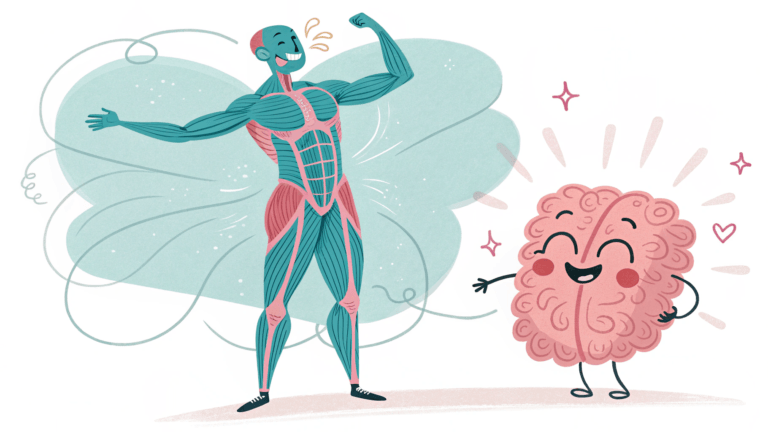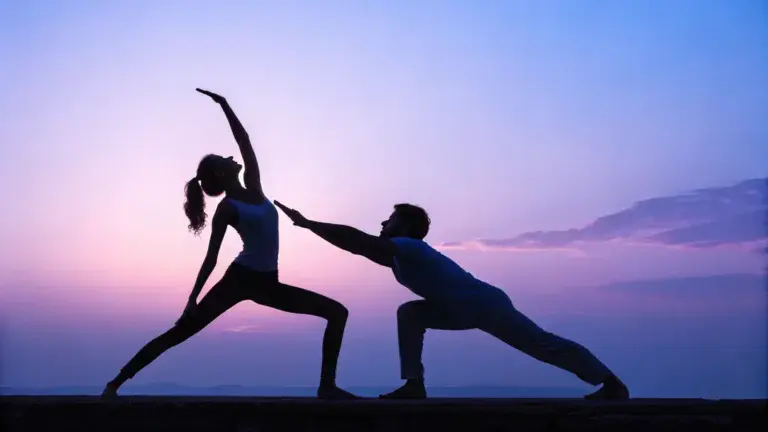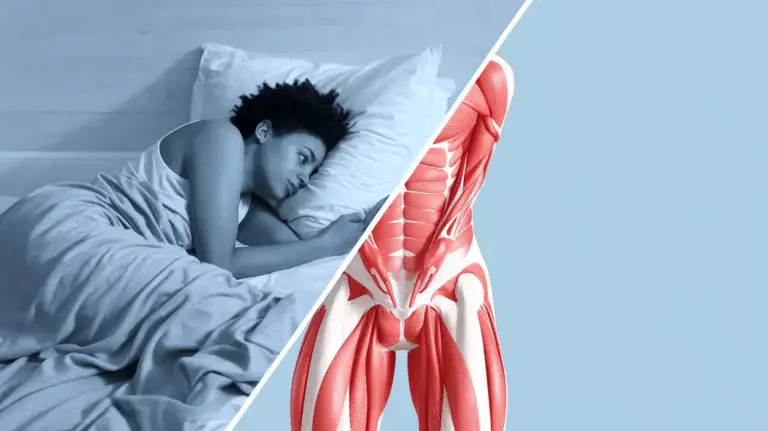Ever feel like you’re slowly morphing into a question mark? Slouching at your desk?
Back screaming louder than your Spotify playlist?
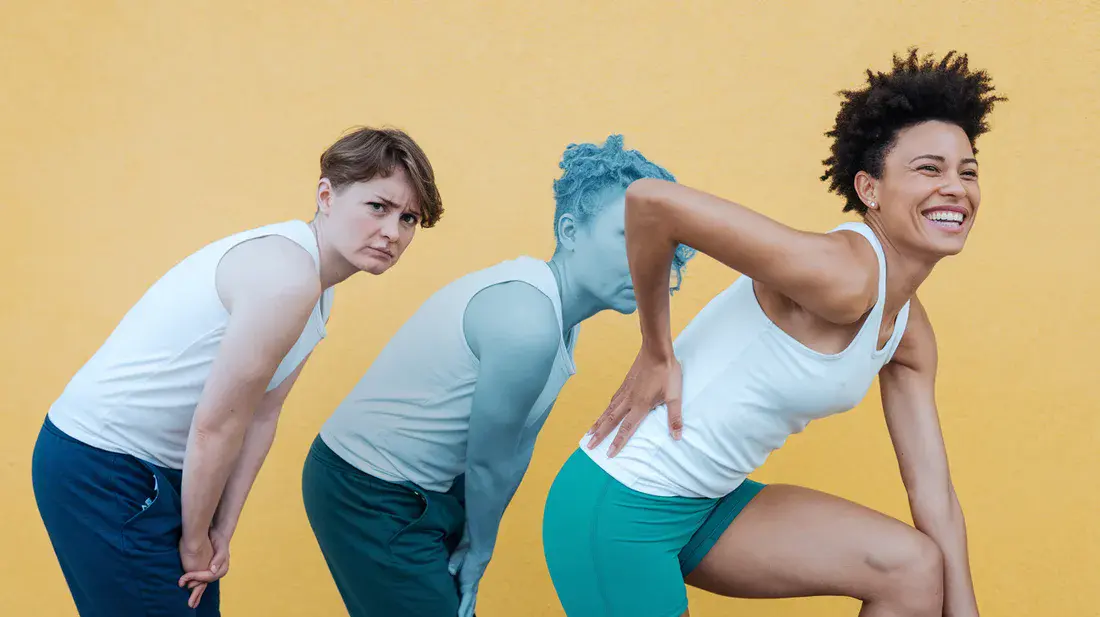
Well, my friend, you’re not alone.
Our sedentary lives have turned us into a generation of posture-challenged beings.
But fear not!
Today, we’re tackling the root of the problem – your hip flexors.
Understanding the Hip Flexors – The Unsung Villains of Posture

So, what are these hip flexors?
Imagine a bunch of muscles in your hips doing all the heavy lifting (literally, when you lift your knees).
The main culprits are the psoas major, iliacus, and rectus femoris.
- The psoas major is a long muscle that connects your lower spine to your femur.
- The iliacus is located in your pelvis and also attaches to your femur.
- The rectus femoris is one of the four quadriceps muscles and runs from your pelvis down to your knee.
These muscles are supposed to help us move, but thanks to our desk jobs and Netflix binges, they’ve become tighter than our skinny jeans after Thanksgiving dinner.
When they’re tight, they pull your pelvis forward, making your back arch in a way that’s less “graceful swan” and more “awkward turtle.”
The Hip Flexor-Posture Connection – It’s a Messy Affair
Think of your pelvis as a bowl of water.
Now, imagine those tight hip flexors as tiny gremlins pulling that bowl forward.
What happens?
The water spills (in this case, your spine goes out of whack).
This is what we call anterior pelvic tilt, and it’s the reason you might be rocking that exaggerated lumbar curve – you know, the one that makes you look like you’re always trying to show off your… well, you get the picture.
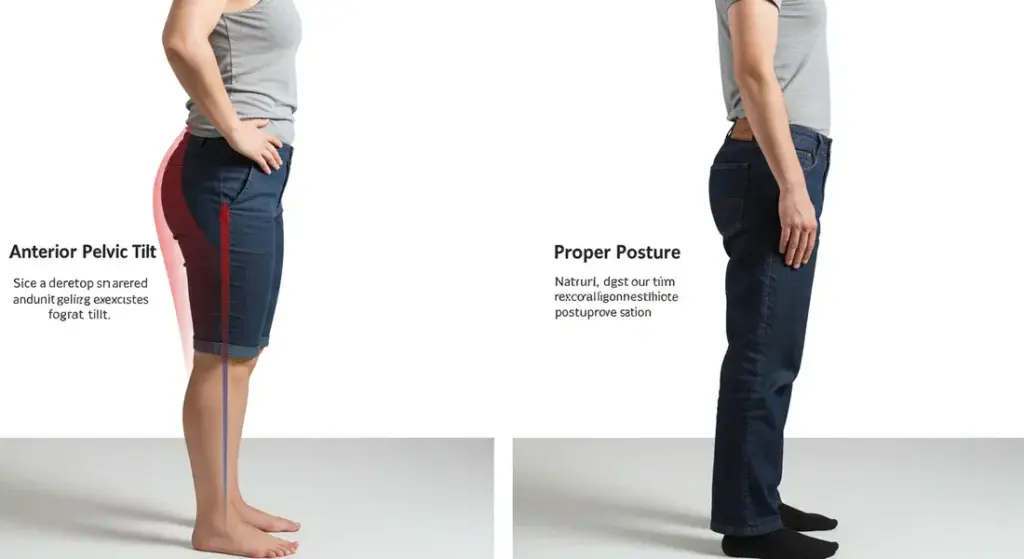
Anterior pelvic tilt not only affects your appearance but also leads to a cascade of musculoskeletal issues. Here’s a breakdown:
- Increased lumbar lordosis: An excessive inward curve of the lower spine.
- Altered weight distribution: This puts more stress on your lower back and hips.
- Muscle imbalances: Tight hip flexors lead to weakened glutes and core muscles.
This imbalance leads to:
- Lower back pain (the kind that makes you groan when you pick up a sock)
- Hip pain (because everything is connected, duh!)
- Reduced mobility (try touching your toes – bet you can’t!)
- A whole host of other musculoskeletal issues that make you feel older than you actually are.
But don’t worry, we’re about to evict those gremlins!
How Tight Hip Flexors Affect Your Body
To give you a clearer picture, here’s a table summarizing the effects of tight hip flexors on your body:
| Affected Area | Postural Change | Symptoms and Issues |
|---|---|---|
| Pelvis | Anterior pelvic tilt | Increased lumbar lordosis |
| Spine | Exaggerated lumbar curve | Lower back pain, stiffness |
| Hips | Forward tilting | Hip pain, reduced mobility |
| Lower Body | Altered alignment | Muscle imbalances, knee pain |
| Overall | Compromised posture | Reduced range of motion, discomfort |
Hip Flexor Exercises – Our Superhero Lineup
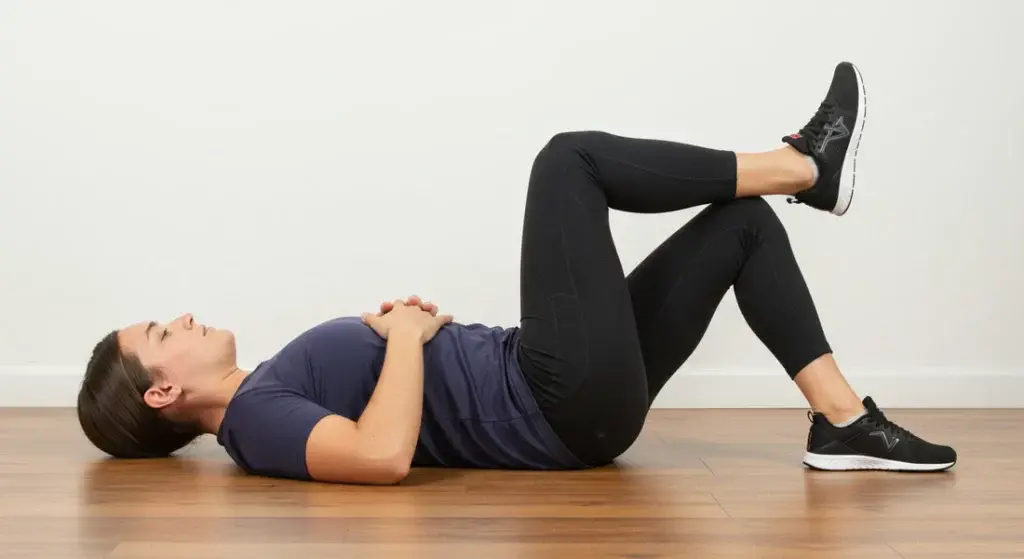
The good news is, you don’t have to live with the posture of a melted candle.
These exercises will help you stretch and strengthen your hip flexors, bringing balance back to your body:
- Kneeling Hip Flexor Stretch:
- Kneel on your left knee and place your right foot in front of you, with your right knee bent at a 90-degree angle.
- Keep your back straight and engage your core.
- Gently push your hips forward until you feel a stretch in the front of your left hip.
- Hold for 30 seconds and repeat on the other side.
- Imagine you’re trying to win a staring contest with your tight muscles.
- Psoas March:
- Lie on your back with your knees bent and feet flat on the floor.
- Optionally, place a resistance band around your feet for added intensity.
- Lift one knee towards your chest, then lower it and repeat with the other leg, alternating as if you’re marching.
- Keep your core engaged and your lower back pressed against the floor.
- It’s like you’re marching in your sleep, but way more productive.
- Lunges:
- Stand with your feet hip-width apart.
- Step forward with your right leg and lower your body until your right thigh is parallel to the floor and your left knee is close to the ground.
- Push back up to the starting position and repeat with the left leg.
- Feel that stretch in your back leg? That’s your hip flexor crying tears of joy.
- Straight Leg Raises:
- Lie on your back with one knee bent and the other leg extended straight out.
- Keep the extended leg straight and lift it off the ground, raising it to the height of your bent knee.
- Slowly lower the leg back down.
- This one’s a classic, and it’s surprisingly effective.
- Mountain Climbers:
- Start in a plank position with your hands shoulder-width apart and your body in a straight line.
- Bring one knee towards your chest, then quickly alternate legs, mimicking a climbing motion.
- Maintain a stable core and avoid letting your hips sag.
- It’s like you’re climbing a mountain, but horizontally, and without the risk of falling off a cliff.
Recommended Sets and Reps
Here’s a general guideline for incorporating these exercises into your routine:
| Exercise | Sets | Reps | Hold Time | Frequency |
|---|---|---|---|---|
| Kneeling Hip Flexor Stretch | 2-3 | N/A | 30 seconds per side | 2-3 times a week |
| Psoas March | 2-3 | 10-15 per leg | N/A | 2-3 times a week |
| Lunges | 2-3 | 10-12 per leg | N/A | 2-3 times a week |
| Straight Leg Raises | 2-3 | 10-15 per leg | N/A | 2-3 times a week |
| Mountain Climbers | 2-3 | 10-15 per leg | N/A | 2-3 times a week |
Remember to listen to your body and adjust the sets, reps, or hold time as needed.
Pro Tips for Maximum Posture Awesomeness
But wait, there’s more! Here are some extra tips to achieve posture perfection:
- Core strengthening exercises: Planks, dead bugs, and other core exercises will help you support your spine like a champ.
- Glute strengthening exercises: Strong glutes are like the anti-tight-hip-flexor squad. Do glute bridges, squats, and lunges to activate them.
- Stretch other muscles: Don’t forget your chest, shoulders, and hamstrings!
- Ergonomic adjustments: Set up your workspace like a posture pro – chair at the right height, monitor at eye level, etc.
- Mindfulness and body awareness: Channel your inner yogi and pay attention to how you’re sitting, standing, and moving.
- Move, move, move: Get up and move around every 30 minutes. Your body will thank you for it.
Common Mistakes and Precautions – Don’t Be a Hero
A word of caution: Don’t arch your back like you’re trying to become a human bridge, and for the love of all that is holy, engage your core!
If you’ve got any existing pain or injuries, consult a professional before starting any new exercise routine.
Key Takeaways
- Tight hip flexors can significantly contribute to poor posture, leading to pain and discomfort.
- Regular stretching and strengthening exercises targeting the hip flexors can help improve posture and alleviate associated issues.
- Combining these exercises with core and glute strengthening, ergonomic adjustments, and mindful movement practices can maximize postural benefits.
Conclusion – Stand Tall, Live Long, and Rock That Posture!
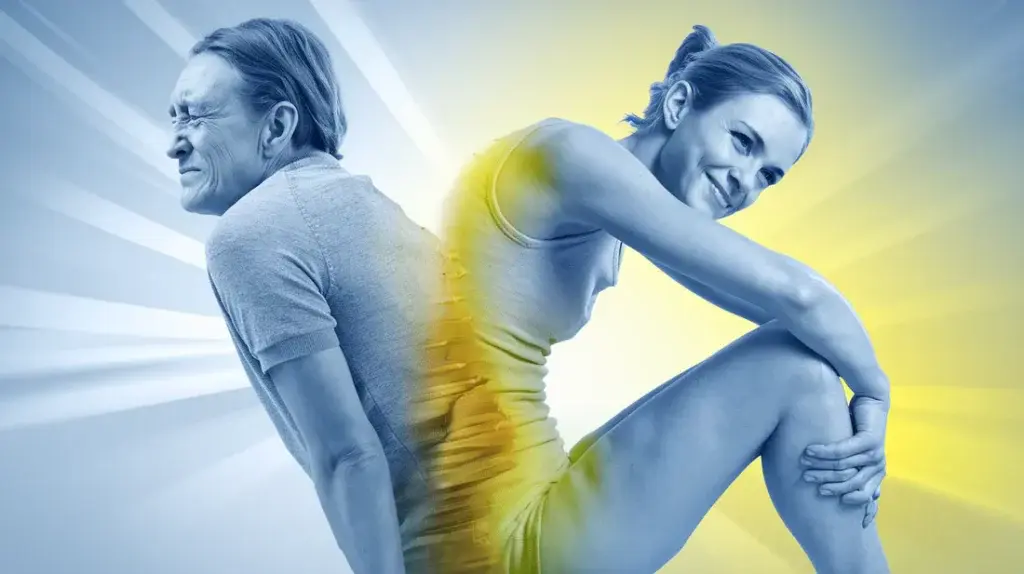
So, there you have it.
Hip flexor exercises are key to unlocking better posture, relieving pain, and moving with more grace and confidence.
Stick with these exercises, incorporate the extra tips, and you’ll be standing tall in no time.
Your future self will thank you!
References
- Clark, M. A., Lucett, S. C., & Sutton, B. G. (2018). NASM essentials of personal fitness training. Jones & Bartlett Learning. (Note: Affiliate Link)
- Kendall, F. P., McCreary, E. K., Provance, P. G., Rodgers, M. M., & Romani, W. A. (2005). Muscles: Testing and function, with posture and pain. Lippincott Williams & Wilkins. (Note: Affiliate Link)
- Konrad, A., Močnik, R., Titze, S., Nakamura, M., & Tilp, M. (2021). The Influence of Stretching the Hip Flexor Muscles on Performance Parameters. A Systematic Review with Meta-Analysis. International journal of environmental research and public health, 18(4), 1936. https://doi.org/10.3390/ijerph18041936

